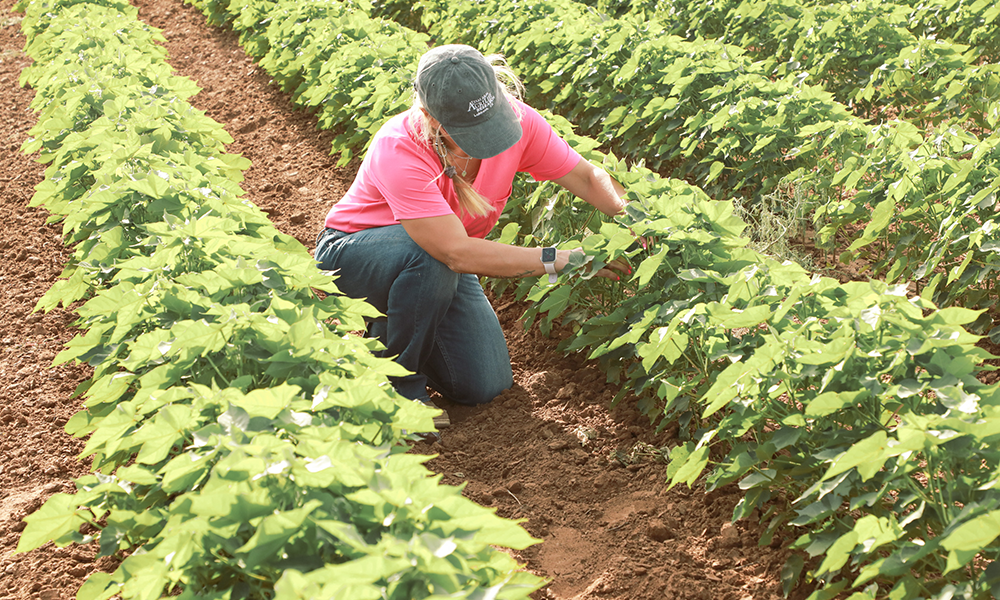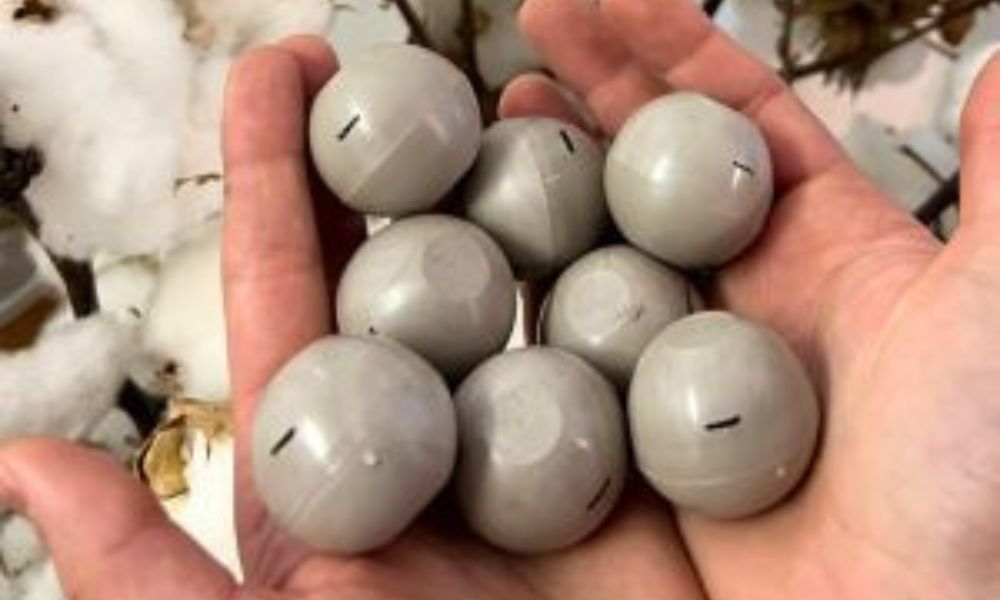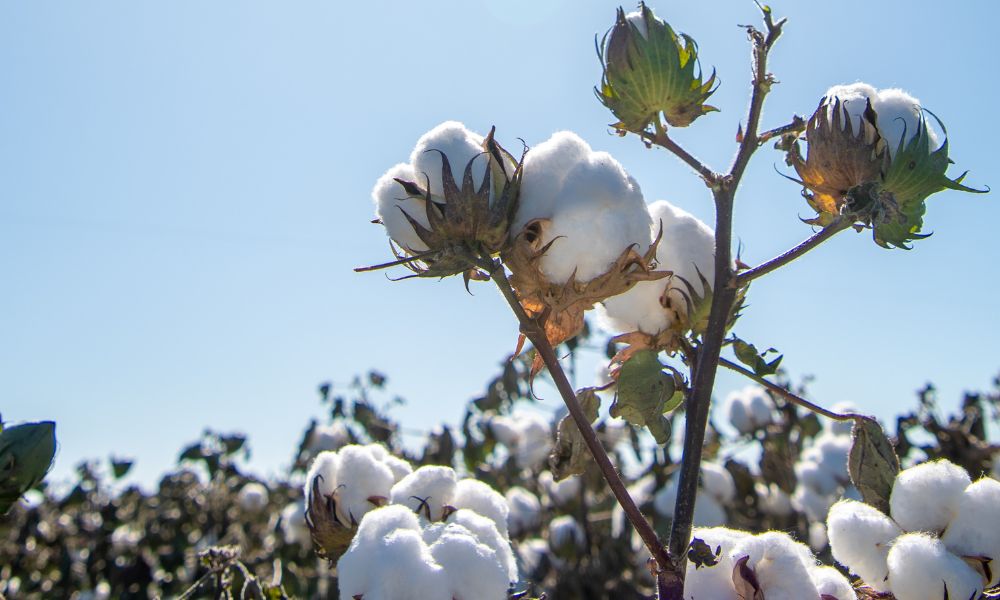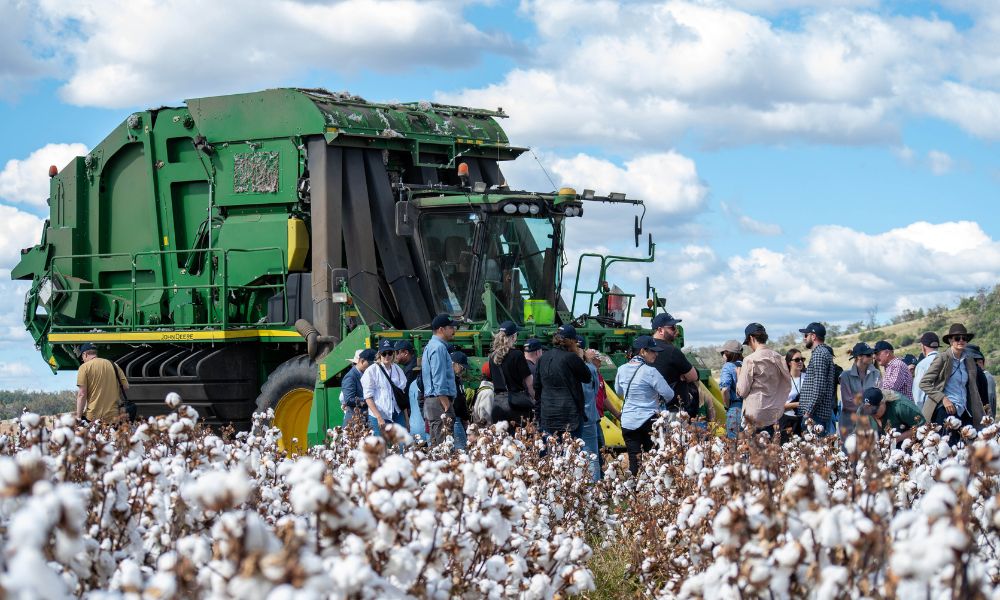Cotton Growers Bringing Bobwhite Quail Back to the Southeast
April 20, 2021
Precision Agriculture Helps Cotton Farmer Boost Productivity and Quail Conservancy
This Earth Day, the Cotton LEADS℠ program wanted to go beyond our normal focus on sustainable agricultural practices and dive into some of the conservancy efforts U.S. cotton producers are pursuing, namely for bobwhite quail habitats. The northern bobwhite quail population has fallen 85 percent in North America since 1966, mostly due to habitat degradation. The near-threatened species is as iconic to the Southeast as cotton, so it’s no surprise that cotton growers like Nick McMichen are key players in fostering the bobwhite’s comeback.
“I’m a farmer. It’s my job to leave the environment and the land better than when I got there. For my children. For their children. For the next generation,” McMichen says.

McMichen runs a 2,400-acre, sixth generation farm in Georgia and Alabama, using precision agriculture to identify unproductive acres. Rather than leaving these fields fallow, he partnered with Quail Forever and Cotton Incorporated to plant quail habitats as field borders. The result benefits quail conservation and the entire farms’ productivity in more ways than one.

“Studies have shown that when you implement field borders through perennial grasses and pollinator species on active working lands, you’re not only improving habitat in the acres that you’ve implemented as a field border. You’re exponentially improving the habitat quality for adjoining areas, and sometimes the crop itself,” says Chaz Holt, precision agriculture and conservation specialist for Quail Forever.
Holt worked with McMichen to create a unique conservation plan that would benefit his land use goals and production strategies. McMichen lets drainage ditch corridors and buffers around his field go back to native plants. The practice cuts down on field labor and benefits multiple sustainability initiatives on the farm.

Left to right: Dr. Jesse Daystar, Nick McMichen, Chaz Holt
“With that shift, he’s recognizing less loss of soil, less erosion, and improving water quality,” says Holt. “It’s a no-brainer. In some of these places, by missing the termination of the cover crop, he’s recognizing large biodiversity in the area he left behind.”
Two years ago, Cotton Incorporated teamed up with Quail Forever to connect with cotton farmers as a way to help further the U.S. cotton industry’s sustainability goals. The natural overlap of sustainability outcomes, grower profitability and quail habitat conservation is a powerful force for the environment across the Southeast and beyond.

“Quail habitats are really important to meeting the 10-year sustainability goals for the cotton industry,” says Jesse Daystar, chief sustainability officer for Cotton Incorporated. “Whenever you take acres that are maybe not producing as efficiently as they could and do something else with them such as making a habitat for the birds, pollinators and other species, it allows your other acres to be more efficient.”
Unproductive acres cost farmers time and resources to maintain without generating a return—creating a net negative that affects the entire farm. Conservation practices flip both elements of the equation, by removing the cost of investment and benefiting soil health, neighboring crops and the farm’s overall balance sheet. Quail Forever leverages multiple Farm Service Agency and Natural Resources Conservation Service programs to help reimburse farmers for dedicating unproductive acres to conservation.
“They’re not big acres, but it’s a win-win for everybody when we do that,” McMichen says. “The environment, the farm, the farmer…everybody wins.”
According to Daystar, conservation and sustainability are a major part of the modern approach to cotton production.
“It just really makes sense to focus on how we can improve bird habitats that everybody really wants to have here and help the grower be more profitable and sustainable,” he says. “Cotton Incorporated’s mission is to increase the demand and profitability of cotton through research and promotion. And today that really does revolve quite largely around sustainability.”
McMichen sees conservation as an essential aspect of his vocation and the heritage his family has passed down for more than 100 years of farming the same land.
“With the connection to the land, the farmer is the ultimate environmentalist,” McMichen says. “If we don’t look after the land, then it won’t look after us. We’re constantly looking at what we’re doing in our land to try to improve it.”

Learn more about precision agriculture and continuous improvement practices that U.S. cotton producers employ.
The work we do is possible because of collaborations with researchers like these and partnerships with people all throughout the value chain. Ready to commit to sustainably produced cotton? Become a Cotton LEADS℠partner today. Interested in doing even more? Contact us for ideas to get the most out of sustainable cotton and your partnership with Cotton LEADS.














Recent Comments